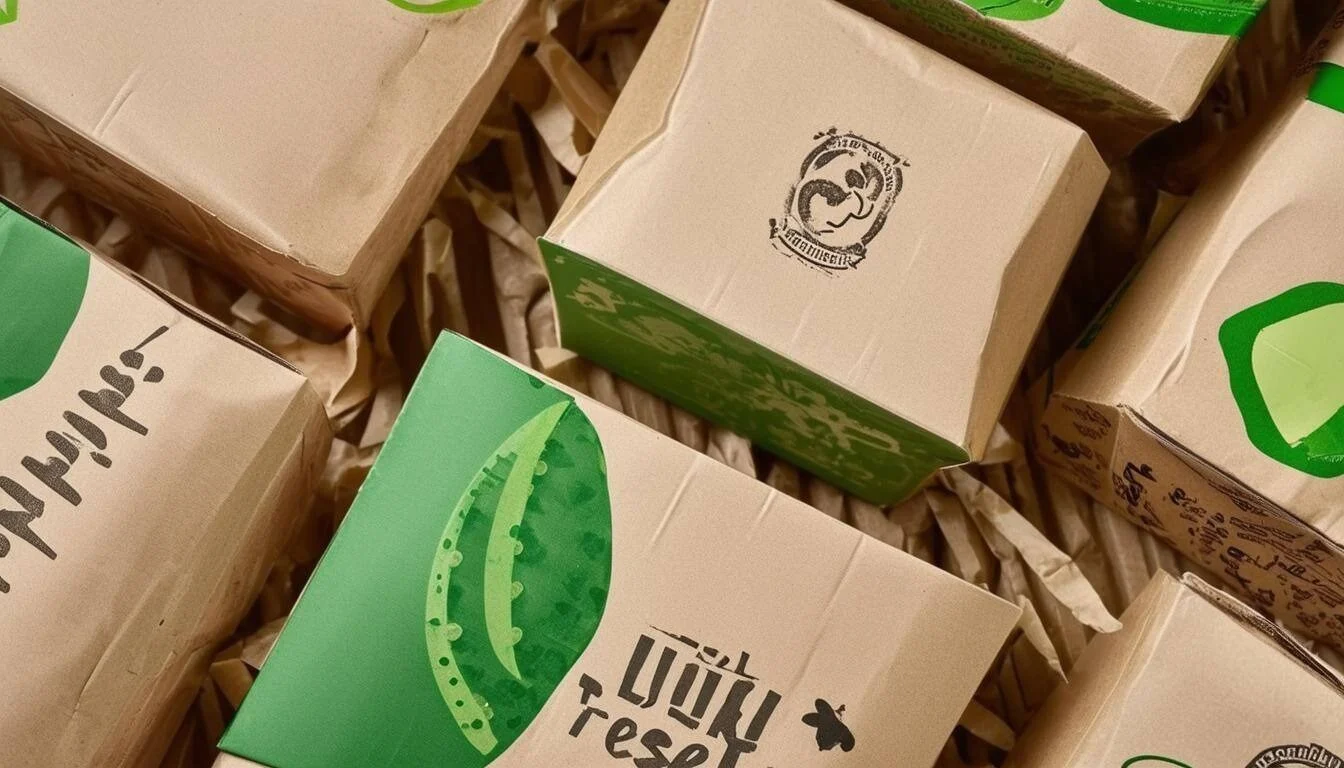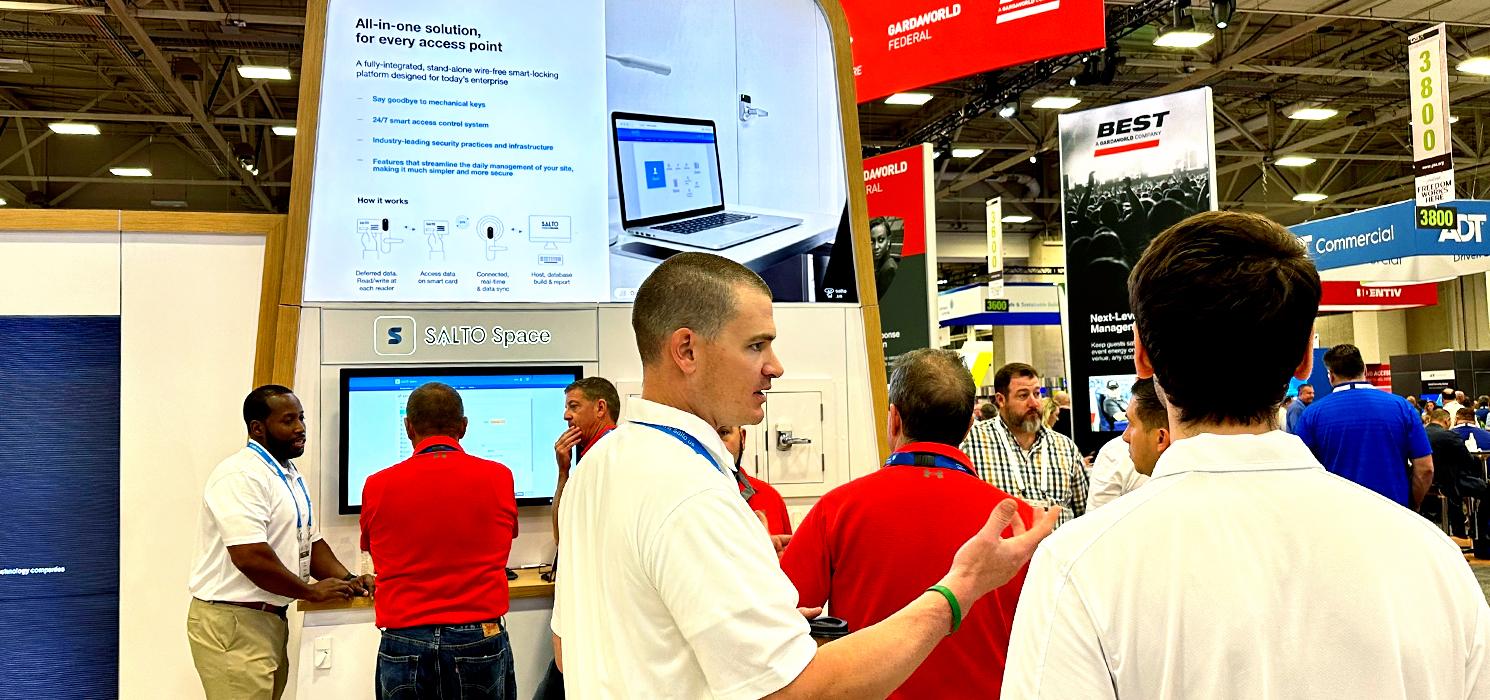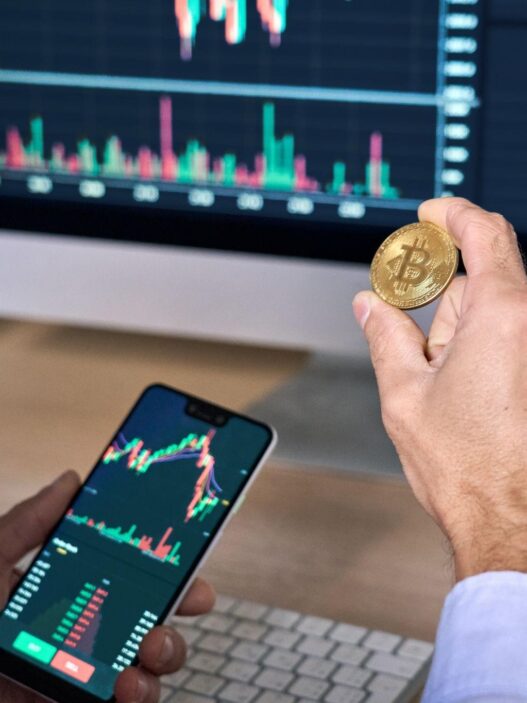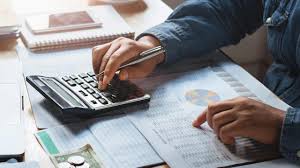In today’s era of sustainability and environmental consciousness, consumers are finding new and creative ways to extend the life cycle of packaging materials. The surge in e-commerce and home deliveries has resulted in an abundance of cardboard boxes, and rather than discarding them, people are increasingly repurposing these materials in innovative ways. This movement, known as DIY (do-it-yourself) and upcycled packaging, is transforming how we view and handle packaging waste.
Table of Contents
A Shift Towards Sustainability
As concerns about climate change and waste management grow, consumers are looking for practical solutions to reduce their environmental impact. Traditional packaging often contributes significantly to landfill waste, and recycling alone is not always sufficient. Upcycling—the process of creatively reusing materials without breaking them down—has emerged as a popular and sustainable alternative.
The upcycling trend has gained traction due to several factors, including increased awareness of environmental issues, economic savings, and the rise of social media platforms where users share their DIY projects. This shift signals a change in consumer behavior, where packaging is no longer seen as a single-use item but rather as a valuable resource that can be transformed into something new and useful.
Creative Ways Consumers Are Repurposing Packaging
Consumers have embraced upcycling in a variety of creative and functional ways. Here are some of the most popular trends:
1. Home Organization and Storage
Many consumers are turning shipping boxes into stylish storage solutions. By reinforcing, decorating, or reshaping them, people create customized bins for clothes, toys, office supplies, and more. Some even line their boxes with fabric or wallpaper to give them a polished, store-bought look.
2. DIY Home Décor and Furniture
Upcycled packaging has found its way into interior design. Cardboard boxes are being repurposed into bookshelves, coffee tables, and wall art. Creative minds are using layered and glued cardboard to build sturdy furniture pieces, proving that packaging can be both functional and aesthetically pleasing.
3. Children’s Toys and Playhouses
For families, repurposing boxes into playhouses, castles, and forts for children has become a favorite activity. Kids enjoy the hands-on experience of designing their own imaginative play spaces. Parents appreciate the cost-effective and eco-friendly alternative to plastic toys, making it a win-win for both creativity and sustainability.
4. Pet Homes and Accessories
Pet owners have also joined the upcycling movement, transforming cardboard boxes into pet houses, scratching posts, and feeding stations. Cats, in particular, love cardboard, making it an ideal material for cozy hideouts. This not only reduces waste but also provides an inexpensive and customizable solution for pet care.
5. Gift Wrapping and Packaging for Other Uses
Some consumers take a minimalist approach by reusing packaging for new shipments or as gift boxes. Wrapping presents in old packaging or turning them into decorative gift bags has become a creative way to extend the life of materials. Adding personalized touches, such as paint or fabric, turns a simple box into a beautiful, handmade gift presentation.
The Role of Box Manufacturers in the Upcycling Trend
As the demand for sustainable packaging solutions rises, box manufacturers are adapting by designing more eco-friendly and reusable packaging. Some companies now offer collapsible, resealable, or multi-use boxes to encourage consumers to repurpose them. Brands are also experimenting with biodegradable inks, modular designs, and sturdy materials that withstand multiple uses.
Additionally, some companies are embracing the upcycling movement by printing repurposing ideas directly onto packaging. Instructions for turning a box into a toy, a storage container, or a planter can inspire customers to think beyond traditional disposal methods. By fostering a culture of creativity and sustainability, manufacturers and brands can actively contribute to reducing packaging waste.
Challenges and Future Outlook
While the upcycling movement has seen significant growth, it does come with its challenges. Some packaging designs still prioritize aesthetics over reusability, making it difficult for consumers to repurpose them. Additionally, not all materials are suitable for upcycling due to fragility or contamination concerns.
However, with increasing consumer demand for sustainable solutions, the future of packaging is likely to focus more on functionality and longevity. Companies may start incorporating dual-purpose packaging designs—such as boxes that easily convert into home storage units or reusable bags—further integrating sustainability into their branding.
The rise of DIY and upcycled packaging reflects a shift in consumer mindset toward sustainability and creativity. Rather than viewing packaging as disposable waste, people are finding new ways to transform it into functional, decorative, and even playful creations. Brands and box manufacturers have an opportunity to embrace this trend by developing packaging that is not only recyclable but also designed with upcycling potential in mind.
As consumers continue to seek eco-friendly alternatives, upcycled packaging is likely to remain a significant aspect of sustainable living. Whether it’s a homemade bookshelf, a pet house, or a beautifully wrapped gift, repurposed boxes are proving that packaging can have a second life—one that benefits both individuals and the planet.










